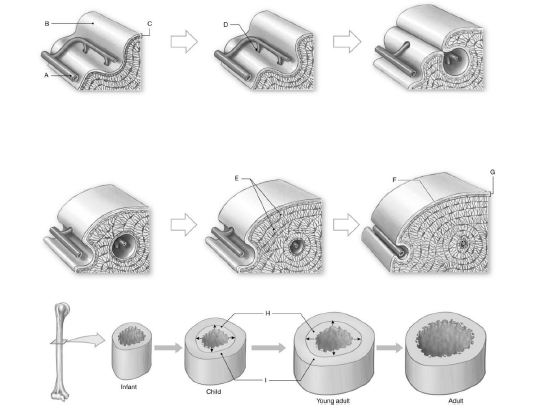The life history of an organism takes into account:
A. whether the organism is an r-strategist or
K-strategist.
B. what type of survivorship curve the
organism demonstrates.
C. the resource trade-offs that the organism
makes during its lifetime.
D. the age structure of the organism's local
population.
E. the evolutionary history (i.e., ancestors) of
the organism.
C
You might also like to view...
Using the figure below, identify the labeled part.

1) Label A: ______________________________
2) Label B: ______________________________
3) Label C: ______________________________
4) Label D: ______________________________
5) Label E: ______________________________
6) Label F: ______________________________
7) Label G: ______________________________
8) Label H: ______________________________
9) Label I: ______________________________
One function of the 5' UTR (untranslated region) of mRNA is to
a. control the half-life of mRNA. b. extend the half-life of mRNA. c. decrease the half-life of mRNA. d. stabilize the mRNA structure. e. bind ribosomes for initiating translation.
Genetic evidence suggests that insects have evolved from crustaceans. What is a reason that insects are so much
smaller than crustaceans? What will be an ideal response?
The “confusion effect” occurs ____
a. when one animal flees a threat and others in the group do the same b. when animals group and present a solid front to predators c. when there is a “selfish herd”
d. in a hierarchal living group e. in the mimicking of another species to escape predation